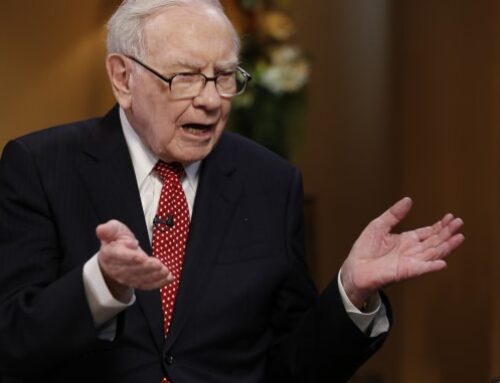When talking about warren Buffett, intrinsic value is one word we need to know. Warren Buffett mentions this in his first paragraph itself.
My view of the general market level is that it is priced above intrinsic value. This view relates to blue-chip
securities. This view, if accurate, carries with it the possibility of a substantial decline in all stock prices, both
undervalued and otherwise. In any event I think the probability is very slight that current market levels will be
thought of as cheap five years from now. Even a full-scale bear market, however, should not hurt the market
value of our work-outs substantially.
To give you something to compare, The bull market from 1949 to 1956 scored a 454% gain for the S&P 500, the second-biggest return in recent history. So when Warren Buffett started his career, he was beginning with a time that was not so good.
There are two types of assets. Real and Financial. Tangible assets like Real estate, Farmland. Financial assets like Shares, bonds, and debentures. It’s relatively easy to find their value, but there is one value. That is known as Intrinsic value. The current market price may be lower than the intrinsic value, or it may be higher. There are many ways to profit from assets with higher market prices than inherent value. But right now, they are not suitable to mention here. To mention here, we are talking about the Suez canal crisis time. The strategy of buying financial assets lower than intrinsic value and selling them high is known as value investing.
When you are doing this, Ignoring the news is excellent as it may change your view about what is happening in the market. Warren Buffett knows it, and so he mentions it in his letter.
The past year witnessed a moderate decline in stock prices. I stress the word “moderate” since casual reading of
the press or conversing with those who have had only recent experience with stocks would tend to create an
impression of a much greater decline. Actually, it appears to me that the decline in stock prices has been
considerably less than the decline in corporate earning power under present business conditions.
The last line is critical when you are learning. If a company is growing its profit at a 5% rate and its share is growing at an 8% rate, it is making overvaluation. Of course, you can always find them in stocks. But, when it happens in the longer term, the market or indices ( Sensex, nifty, Dow Jones, S&P), as we call it, we call that market are overvalued.
While writing this, on 9 March 2020, Indices saw one of the most significant downsides. Around 5%. I don’t have access to S&P data for 1956-57, but such times as per value investing are suitable to buy any shares if you want them to hold for more than one year. First, you need to buy a percentage of the right company.
In this letter, Warren Buffett explains what workouts are.
A work-out is an investment that is dependent on a specific corporate action for its profit rather than a general advance in the price of the stock as in the case of undervalued situations. Work-outs come about through sales, mergers, liquidations, tenders, etc. In each case, the risk is that something will upset the applecart and cause the abandonment of the planned action, not that the economic picture will deteriorate and stocks decline generally. At the end of 1956, we had a ratio of about 70-30 between general issues and work-outs. Now it is about 85-15.
The greatness of warren Buffett is when index investing is not even the word, he kept comparing his performance with the Dow Jones Industrial average. In simple terms, index investing, Passive investing, or the concept of index funds are nothing but buying the complete index. Like buying a share of all 50 claims of nifty or all 30 claims of Sensex. In his letter, he mentions
In 1957 the three partnerships which we formed in 1956 did substantially better than the general market. At the beginning of the year, the Dow-Jones Industrials stood at 499 and at the end of the year it was at 435 for a loss of 64 points. If one had owned the Averages, he would have received 22 points in dividends reducing the overall loss to 42 points or 8.470% for the year. This loss is roughly equivalent to what would have been achieved by investing in most investment funds and, to my knowledge, no investment fund invested in stocks showed a gain for the year. All three of the 1956 partnerships showed a gain during the year amounting to about 6.2%, 7.8% and 25% on
yearend 1956 net worth.
Passive investing believe that markets are efficient and everyone knows everything, so it is worthless to pay the fee to the fund manager for ching stock. The efficient market hypothesis is one big issue, and I don’t want to go too deep even today.
In the same letter, Warren Buffett explains the importance of buying shares at a lower level.
Naturally, a question is created as to the vastly superior performance of the last partnership, particularly in the mind of the partners of the first two. This performance emphasizes the importance of luck in the short run, particularly in regard to when funds are received. The third partnership was started the latest in 1956 when the market was at a lower level and when several securities were particularly attractive. Because of the availability of funds, large positions were taken in these issues. Whereas the two partnerships formed earlier were already substantially invested so that they could only take relatively small positions in these issues.
In the same para, Warren Buffett explains another thing when you find the right stock, buy it as per your capacity. That is the reason for a 25% return from one of his portfolios.


